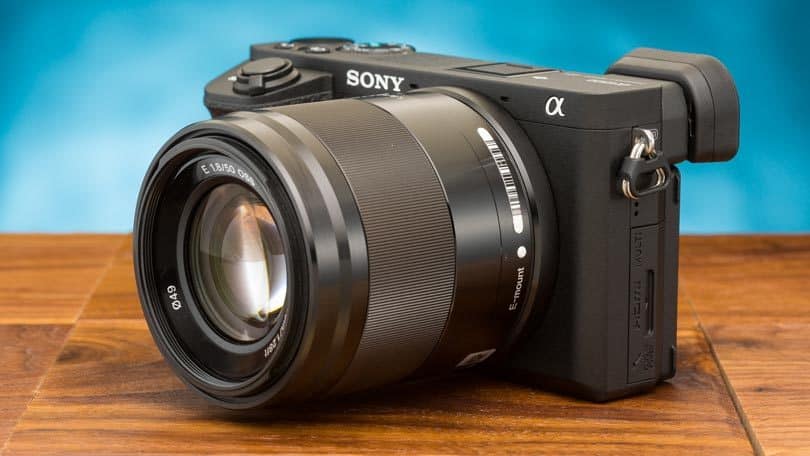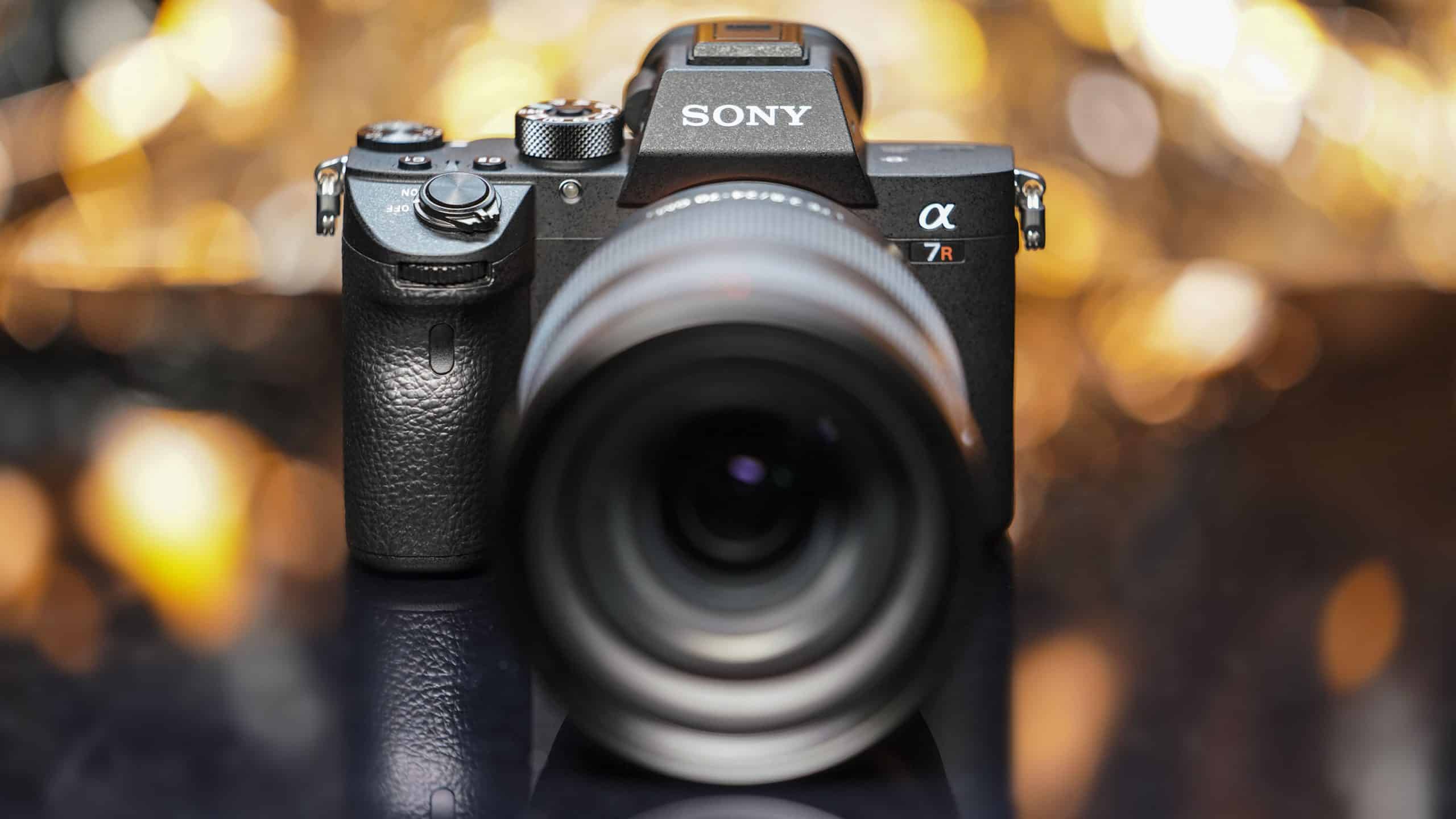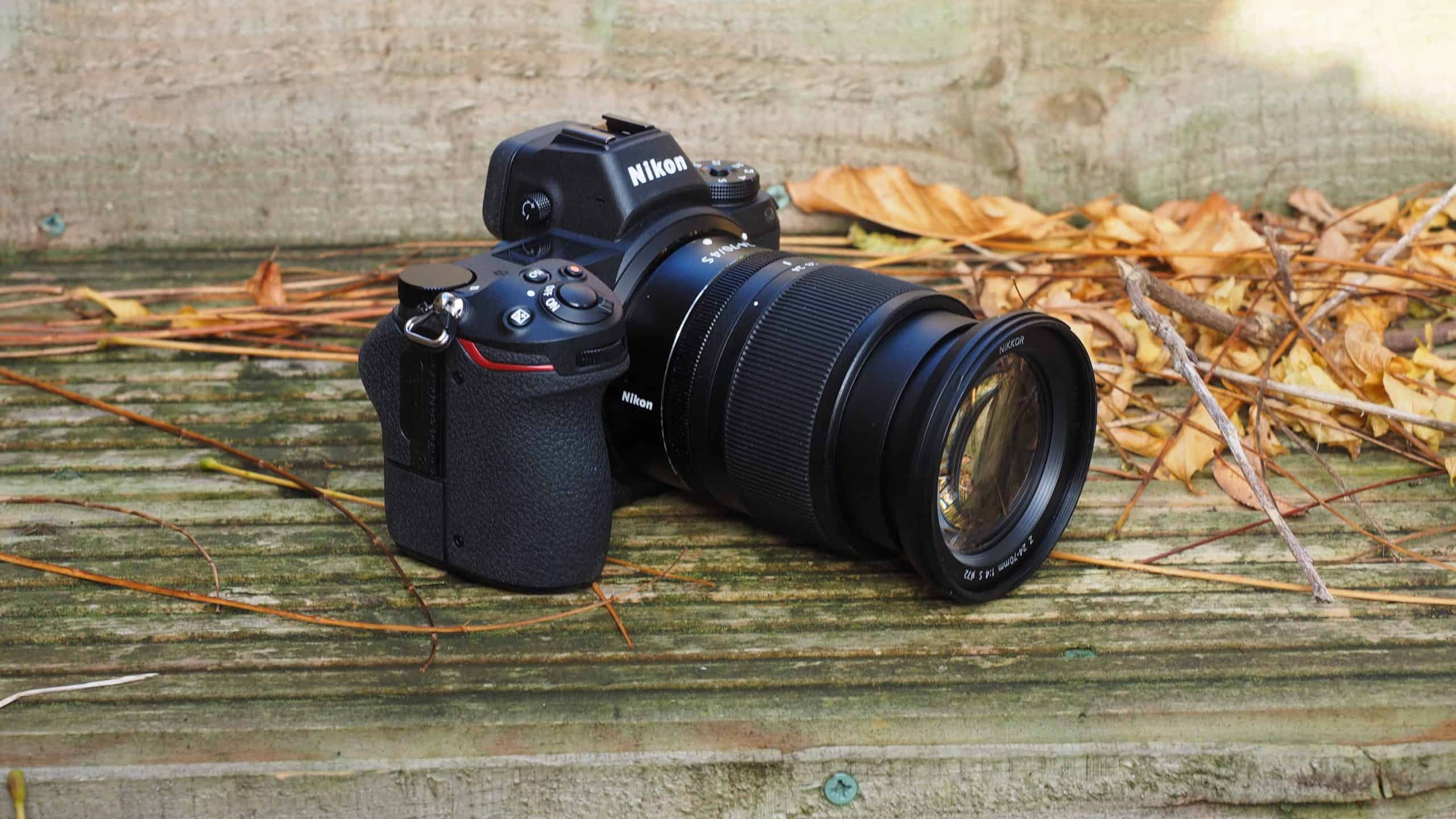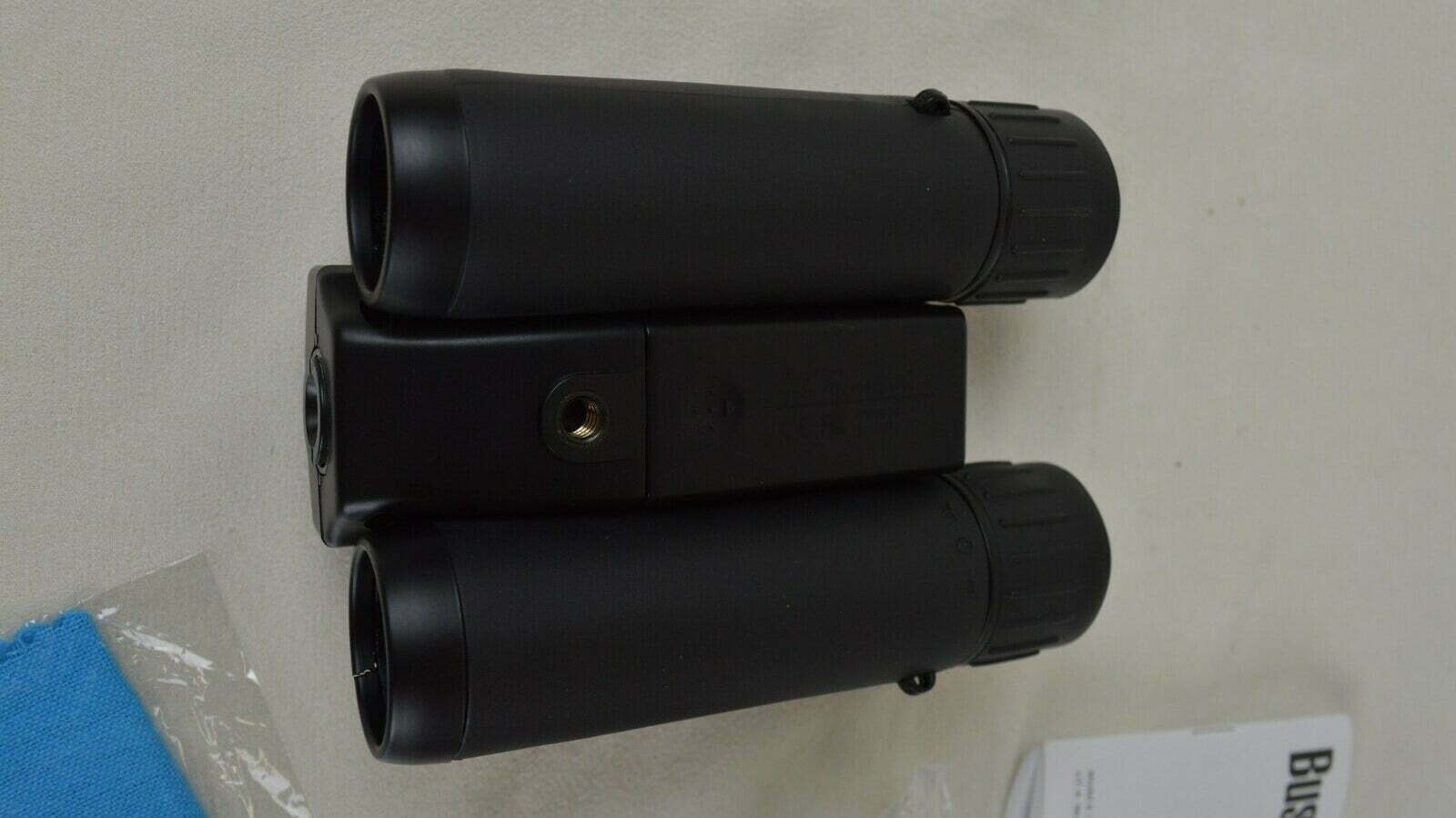Are you an entry-level photographer wondering what are raw images on a highly-acclaimed digital camera? RAW images are files in your camera’s memory card that are uncompressed and minimally processed. Every camera manufacturer like Canon or Nikon has its own RAW format. For instance, Nikon uses .NEF and Canon uses .CR2 or .CR3.
KEY TAKEAWAYS:
- RAW images contain uncompressed information that can produce high-quality image files.
- On average, RAW images are larger compared to JPG images; for example, a JPG file may be 10MB while a RAW image file size can be as big as 90MB.
- In cameras with dual card slots, you can set the camera to save RAW files on one card, and JPEG files on another.
What You Need to Know About RAW Files
The quality of image files depends on a couple of things such as what is optical zoom and digital zoom in camera. When it comes to storage, RAW files take up a lot of space on the memory card. As a general rule of thumb, the size of a RAW file will be close to the same size as the megapixels of the DSLR. For example, a 16MP camera will save RAW files at approximately 20MB. A JPEG, on the other hand, will be five times smaller. Still, they have their uses.
Advantages of RAW Files
You Can Adjust the White Balance
When you take a photo, the camera will try to figure out the tonal values of the image. So, if you want to prevent your image from becoming too yellow or too blue, you need to adjust the white balance setting. Where you position your light source will vary the white balance. For example, you will get different tonal values when shooting under a tungsten bulb than if you are outside under the midday sun.
This is where the RAW format comes into play. When shooting in JPEG, the camera will determine the white balance automatically and apply it to the image. If you try to edit the photo later, you’ll only be able to alter the relative values but not the white balance itself. On the other hand, when you shoot in RAW, you will have plenty of flexibility to adjust it to your liking during post-processing.
RAW Images Provide All the Data About the Image
RAW is essentially a lossless format because it’s uncompressed. This means that you do not lose any valuable data, thus preserving the image quality. For example, if you take a photo when the sky is too bright or the subject too dark, you will have very little room to adjust the image’s exposure when you save your images in the JPG format. This is because the format’s data compression algorithm “throws away” small pieces of the image to make the file smaller. But a RAW file preserves all of that information, allowing you to adjust the image as you please.
Insider Tip
Choose to shoot in RAW, because even if you do not know how to edit images, you can learn and produce better image qualities of your shot.
Allows for Noise and Sharpness Adjustments
If you set your camera to shoot in JPEG, the compression algorithm will apply edits to your image data to give the final image a certain look. The resulting reduction in pixels limits how much you can fix noise or sharpness issues. RAW images, on the other hand, provide a lot of room to make adjustments in Adobe Lightroom, Adobe Photoshop, or any other photo-editing software because all the image’s pixels are still intact.
Disadvantages of RAW Files
Too Large for Sharing Online
You cannot take a RAW file and post it on the internet; they take up much space. In addition, the RAW is not universally friendly because few platforms support it. You should also find out what is resolution on digital camera and its impact on image size.
F.A.Q.
How can I convert RAW to JPEG images?
- Open photos in Photoshop in RAW format.
- Go to ‘File’ and select ‘Save As.’
- Select ‘.jpg’ from the list.
Can I convert a photo to JPEG on my smartphone?
Yes. If you Google “convert RAW pictures to JPEG,” the results page will offer you lots of online tools to do this.
What should I use, JPEG format or RAW format?
A RAW file gives you complete control over the final appearance of your photo during the editing phase. Unfortunately, because JPEG is a compressed format, you won’t have as much flexibility while editing because of the inevitable data loss.
STAT: In 2020, the digital camera market dropped by 40% because of the COVID-1- impact and the shrinking market. (source)
REFERENCES:
- https://en.wikipedia.org/wiki/Raw_image_format#:~:text=A%20camera%20raw%20image%20file,with%20a%20bitmap%20graphics%20editor
- https://www.adobe.com/digitalimag/pdfs/understanding_digitalrawcapture.pdf
- https://www1.udel.edu/cookbook/still-video/aboutraw.htmlr
- https://guides.lib.unc.edu/c.php?g=716413&p=5098011
- https://www.youtube.com/watch?v=wrckVlY5vwU&ab_channel=NemanjaSekulic





















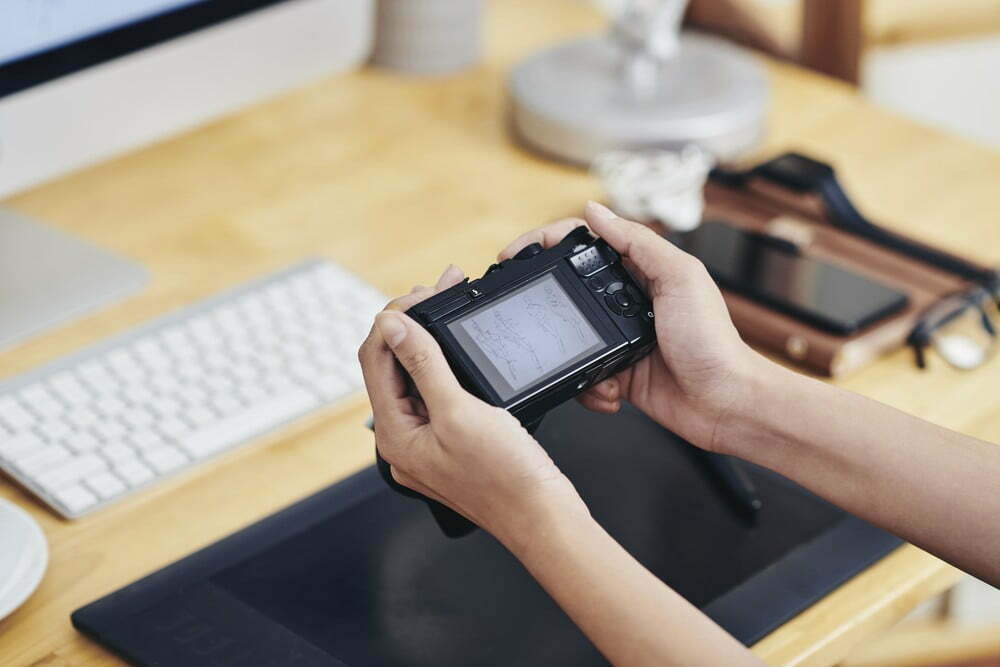
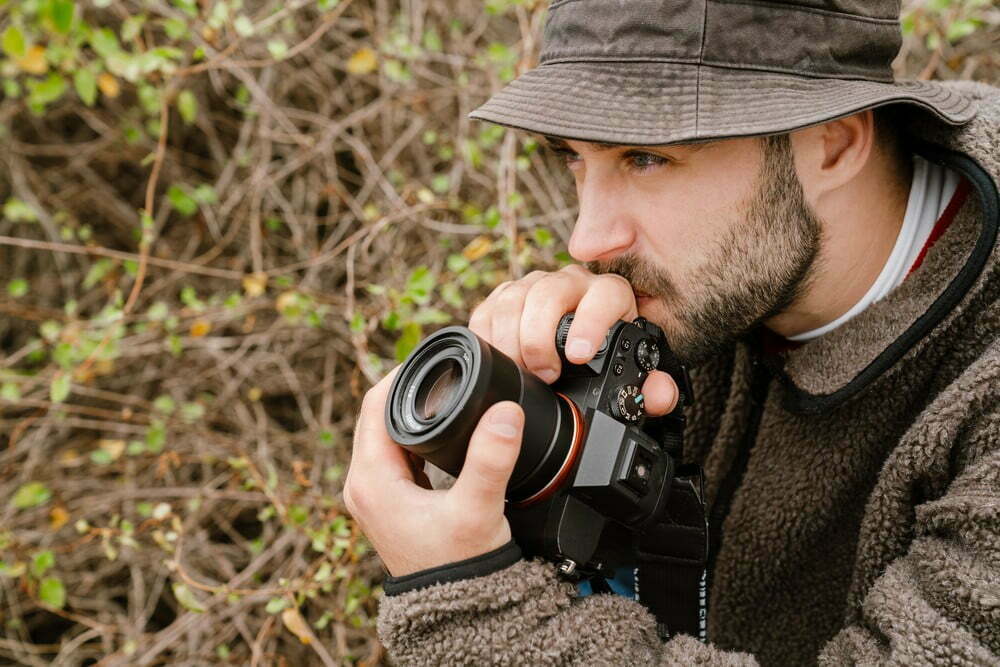
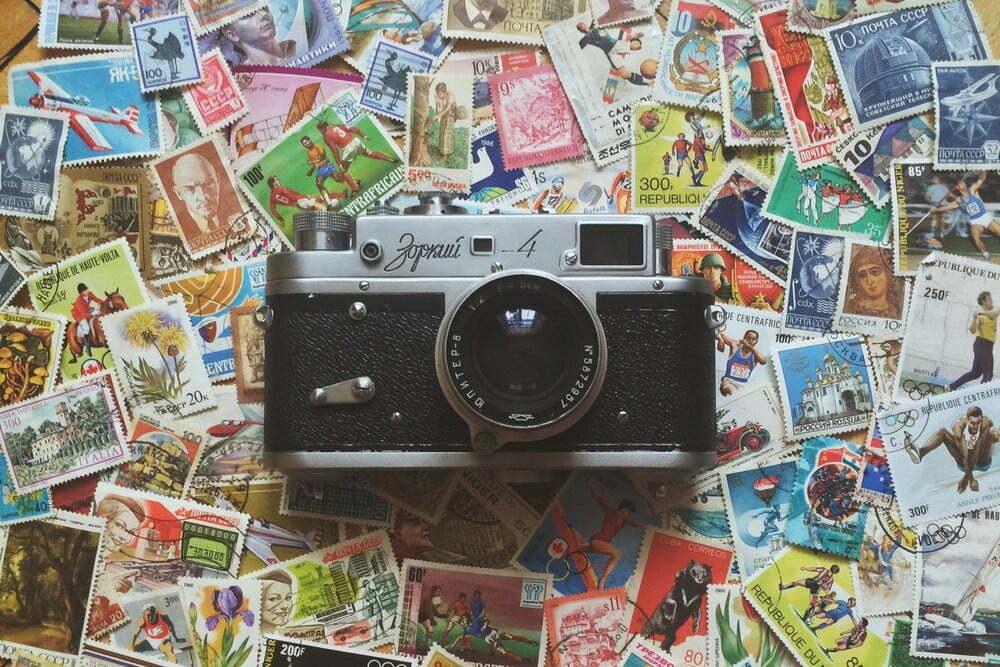
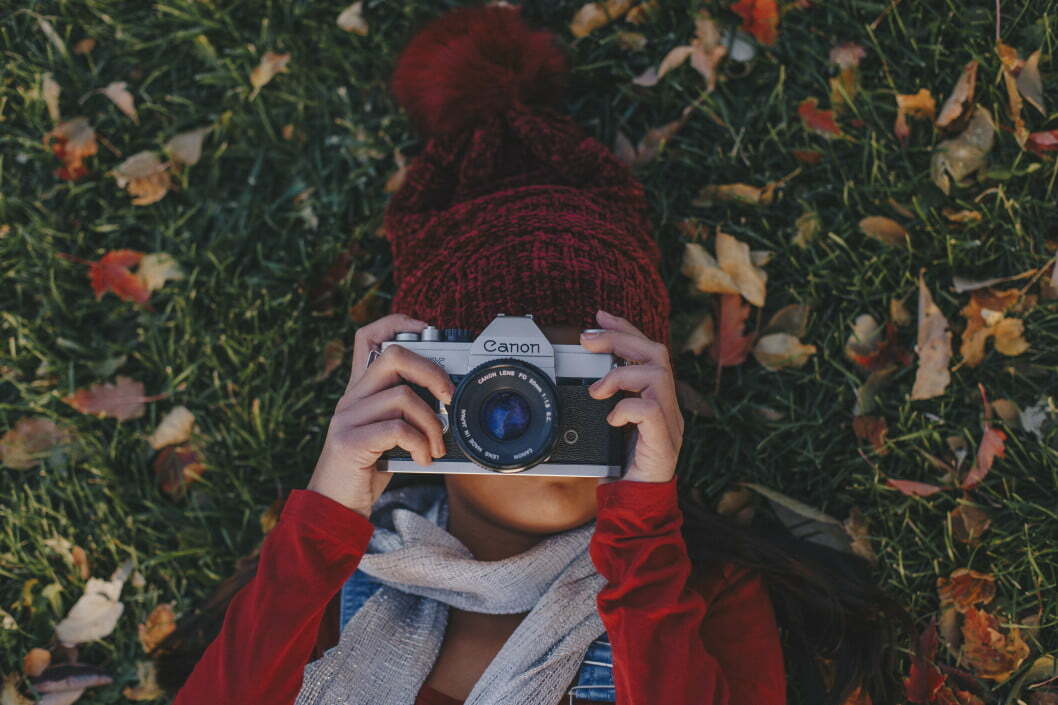
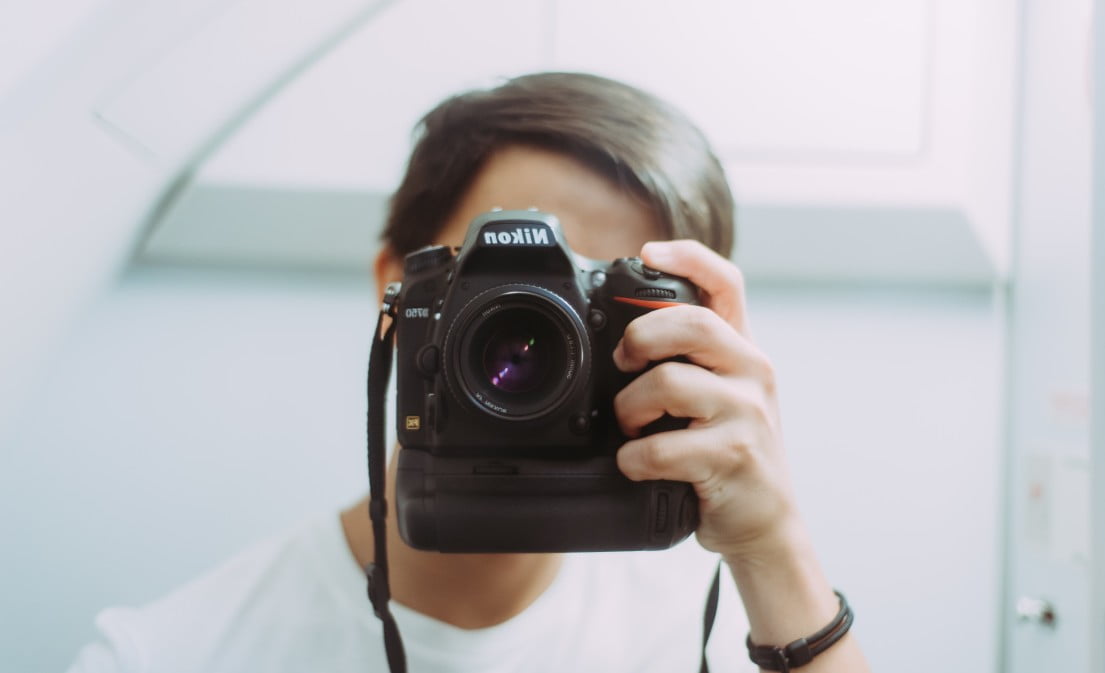

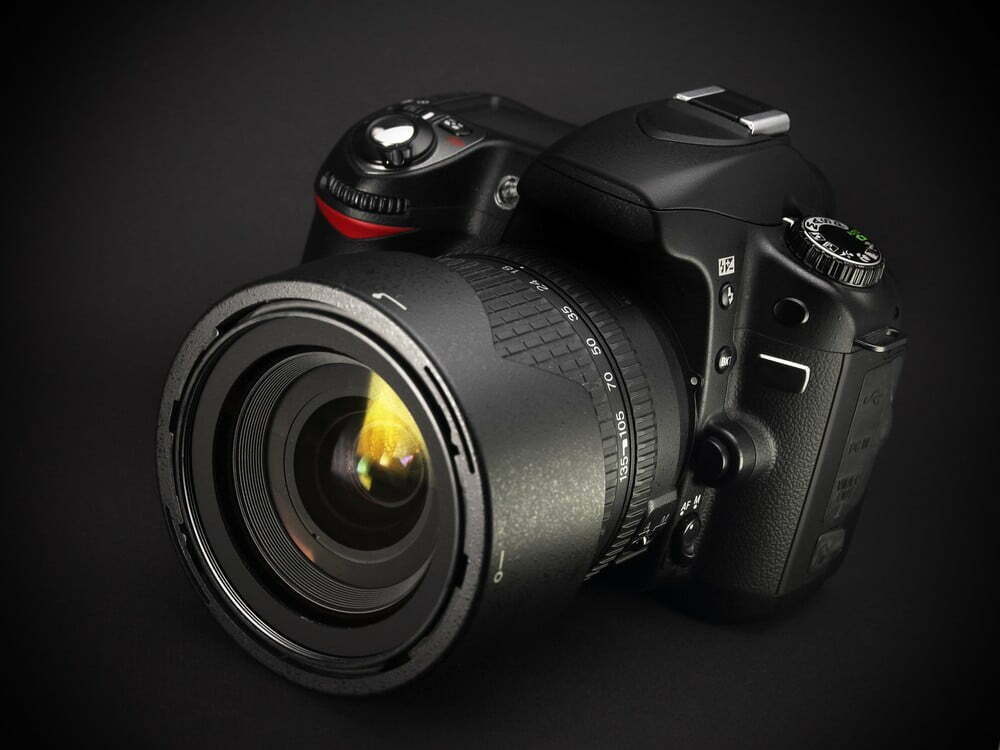
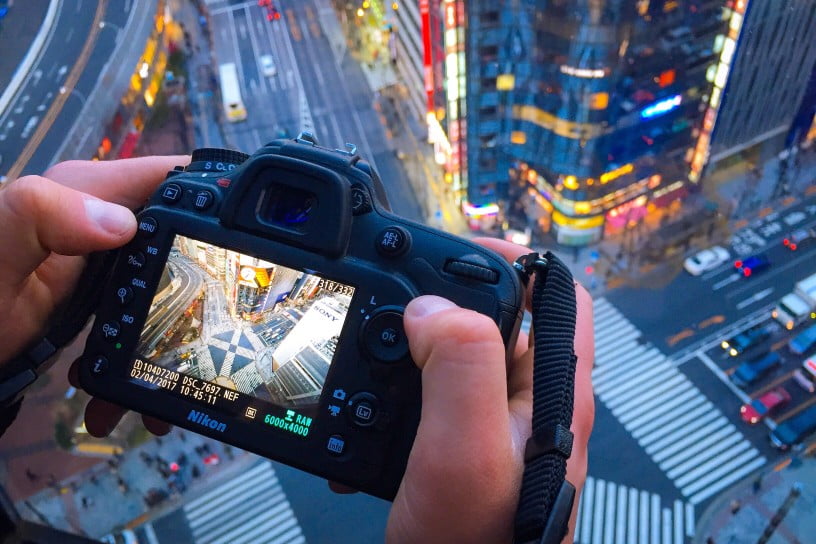
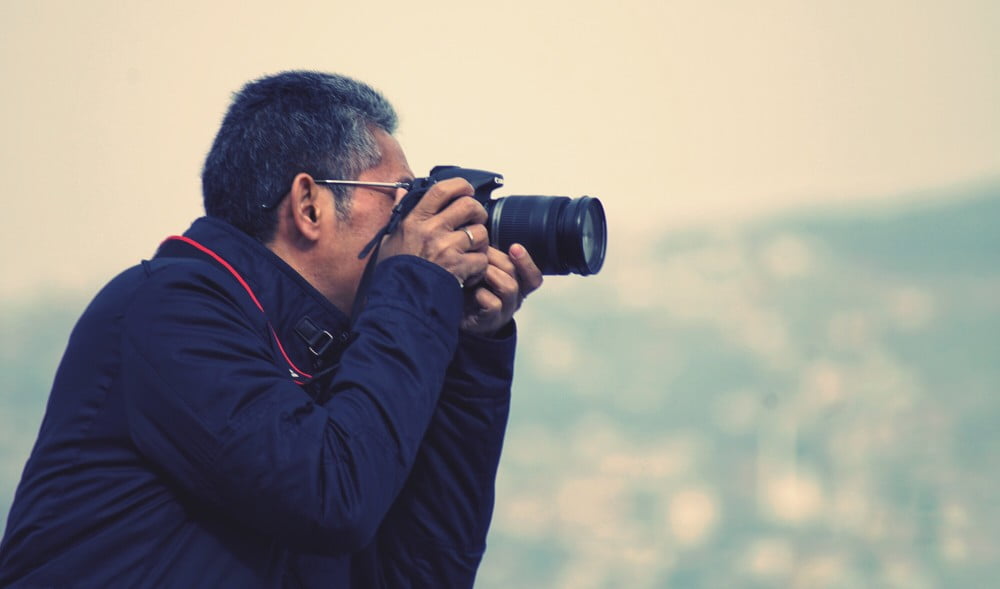
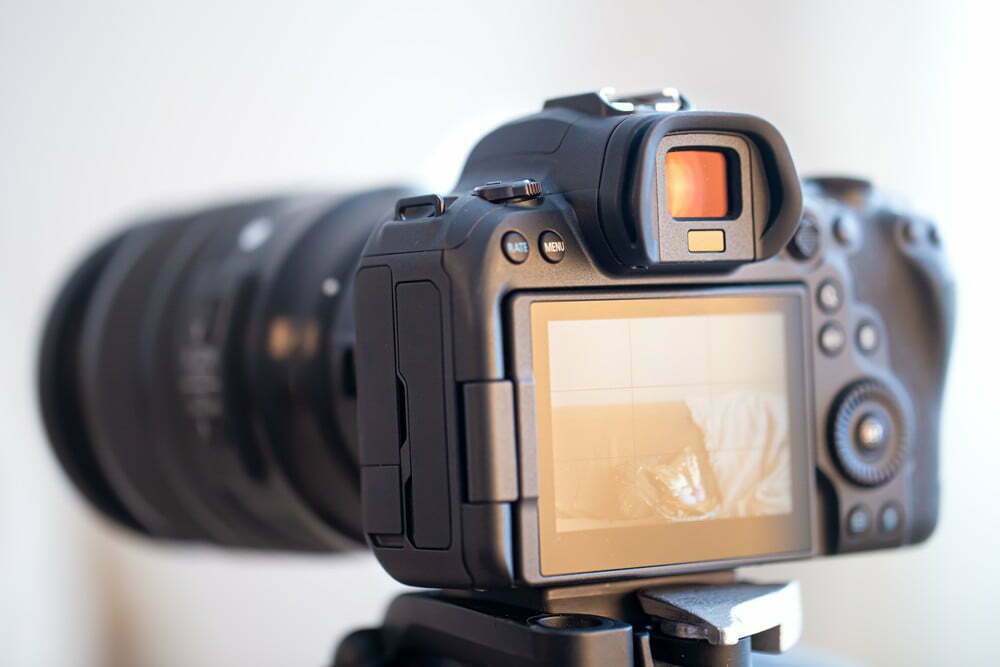
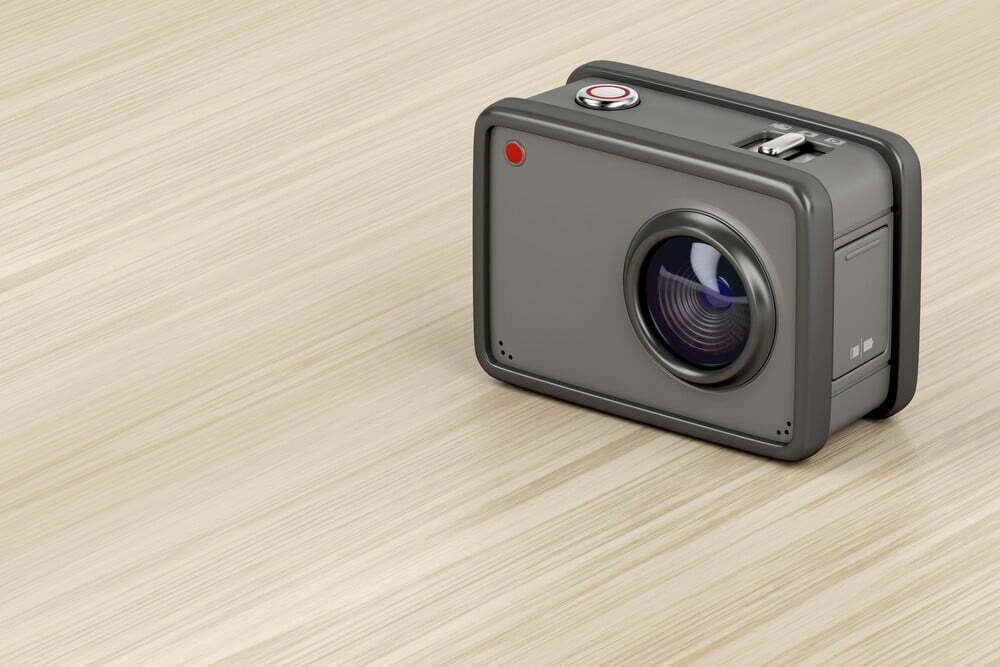
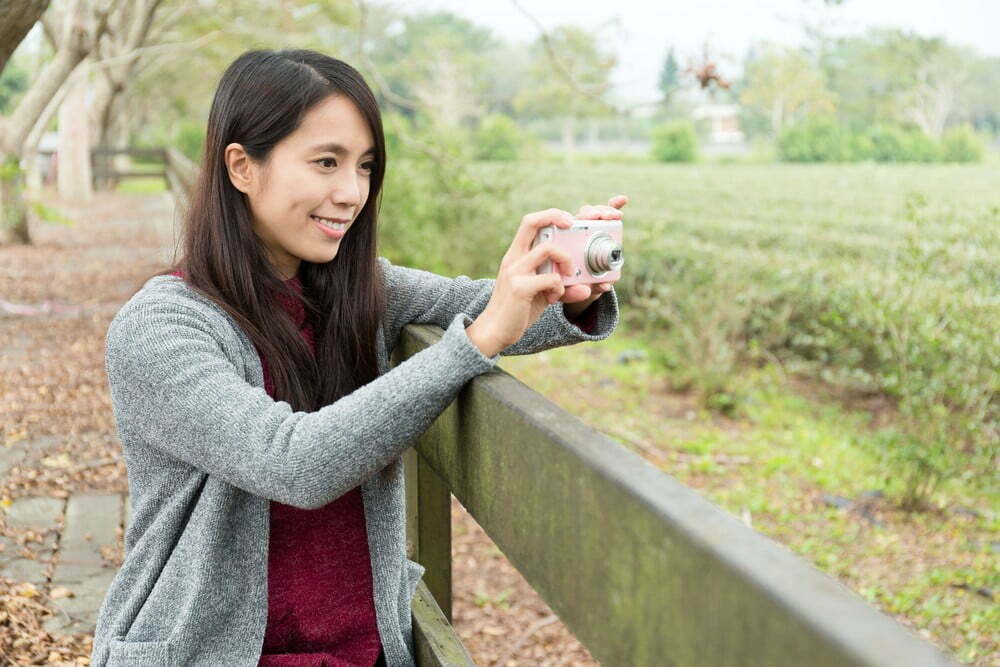
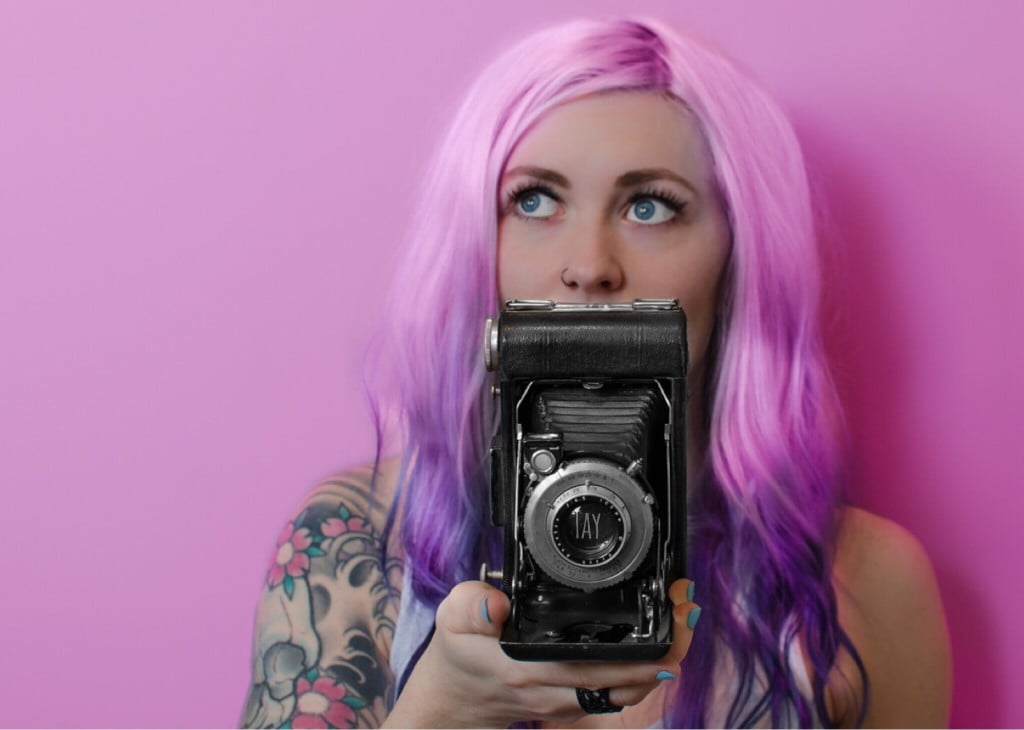
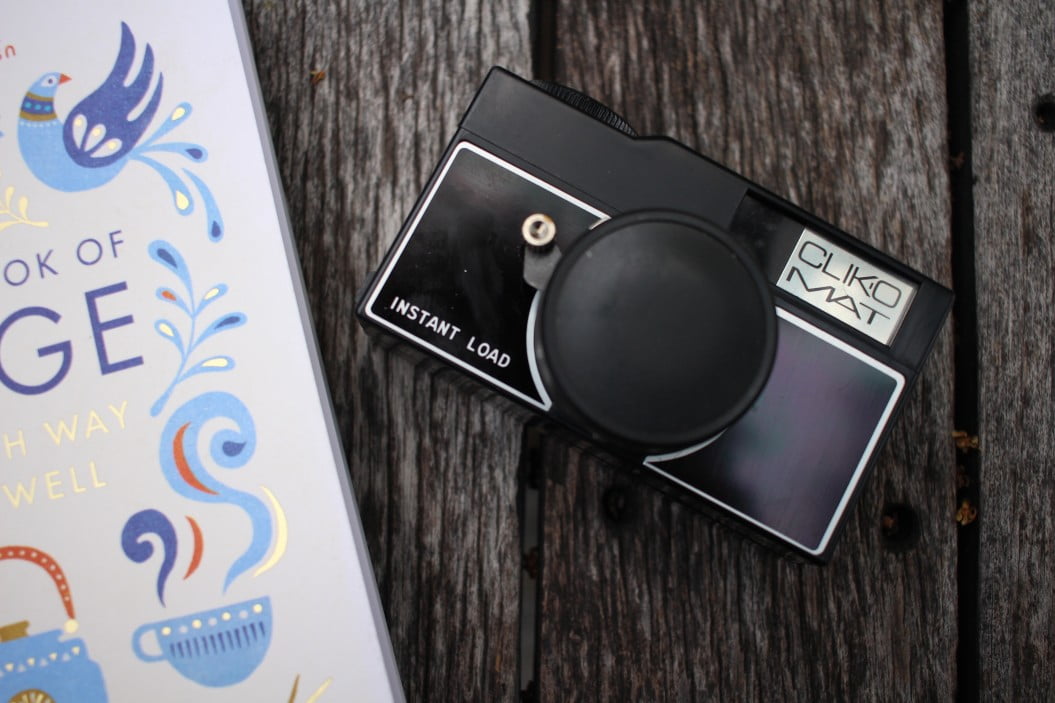
![Best Point and Shoot Camera in [year] ([month] Reviews) 27 Best Point and Shoot Camera in 2025 (October Reviews)](https://www.gadgetreview.dev/wp-content/uploads/Nikon-Coolpix-B500.jpg)
![Best Underwater Camera in [year] ([month] Reviews) 28 Best Underwater Camera in 2025 (October Reviews)](https://www.gadgetreview.dev/wp-content/uploads/best-underwater-camera-image.jpg)
![Best Digital Cameras in [year] ([month] Reviews) 29 Best Digital Cameras in 2025 (October Reviews)](https://www.gadgetreview.dev/wp-content/uploads/what-is-resolution-on-digital-camera-1.jpg)
![Best Digital Camera Docking Stations in [year] 30 Best Digital Camera Docking Stations in 2025](https://www.gadgetreview.dev/wp-content/uploads/best-digital-camera-docking-stations-image.jpg)
![Best Vlogging Camera in [year] ([month] Reviews) 31 Best Vlogging Camera in 2025 (October Reviews)](https://www.gadgetreview.dev/wp-content/uploads/best-vlogging-camera-image.jpg)
![Best Mirrorless Camera in [year] ([month] Reviews) 32 Best Mirrorless Camera in 2025 (October Reviews)](https://www.gadgetreview.dev/wp-content/uploads/best-mirrorless-camera-image.jpg)
![Best GoPro in [year] ([month] Reviews) 33 Best GoPro in 2025 (October Reviews)](https://www.gadgetreview.dev/wp-content/uploads/best-gopro-image.jpg)
![Best Canon Digital Cameras in [year] 34 Best Canon Digital Cameras in 2025](https://www.gadgetreview.dev/wp-content/uploads/best-canon-digital-cameras-image.jpg)
![Best Digital Camera Tripods in [year] 35 Best Digital Camera Tripods in 2025](https://www.gadgetreview.dev/wp-content/uploads/best-digital-camera-tripods-image.jpg)
![Best Polaroid Digital Cameras in [year] 36 Best Polaroid Digital Cameras in 2025](https://www.gadgetreview.dev/wp-content/uploads/best-polaroid-digital-cameras-image.jpg)
![Best Digital Camera USB Cables in [year] 37 Best Digital Camera USB Cables in 2025](https://www.gadgetreview.dev/wp-content/uploads/best-digital-camera-usb-cable-image.jpg)
![Best Small Digital Camera Cases in [year] 38 Best Small Digital Camera Cases in 2025](https://www.gadgetreview.dev/wp-content/uploads/best-small-digital-camera-case-image.jpg)
![Best Digital Camera Bags in [year] 39 Best Digital Camera Bags in 2025](https://www.gadgetreview.dev/wp-content/uploads/best-digital-camera-bag-image.jpg)
![Best Sony Digital Cameras in [year] 40 Best Sony Digital Cameras in 2025](https://www.gadgetreview.dev/wp-content/uploads/best-sony-digital-cameras-image.jpg)
![Best Digital Camera Accessories in [year] 41 Best Digital Camera Accessories in 2025](https://www.gadgetreview.dev/wp-content/uploads/best-digital-camera-accessories-image.jpg)
![Best Kodak Digital Cameras in [year] 42 Best Kodak Digital Cameras in 2025](https://www.gadgetreview.dev/wp-content/uploads/best-kodak-digital-cameras-images.jpg)
![Best Panasonic Digital Cameras in [year] 43 Best Panasonic Digital Cameras in 2025](https://www.gadgetreview.dev/wp-content/uploads/best-panasonic-digital-cameras-image.jpg)
![Best Video Cameras in [year] ([month] Reviews) 44 Best Video Cameras in 2025 (October Reviews)](https://www.gadgetreview.dev/wp-content/uploads/best-video-cameras-image.jpg)
![Best Compact Cameras in [year] 45 Best Compact Cameras in 2025](https://www.gadgetreview.dev/wp-content/uploads/best-compact-camera-image.jpg)
![Best Digital Cameras with Wifi in [year] 46 Best Digital Cameras with Wifi in 2025](https://www.gadgetreview.dev/wp-content/uploads/best-digital-camera-with-wifi-image.jpg)









